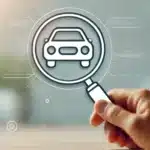

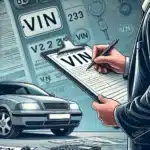
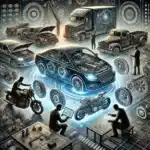
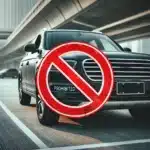

VIN verifications for armored cars are strictly regulated. In California, only the California Highway Patrol (CHP) is authorized to perform VIN verifications on armored vehicles. Private VIN verifiers, AAA, and even employees at the DMV are prohibited from handling these inspections. This rule ensures that the specialized nature of armored vehicles is properly handled by law enforcement, who are trained to inspect these high-security vehicles. If you’re dealing with an armored car, you will need to contact the CHP to schedule an official inspection.

Salvaged or junked vehicles must undergo VIN inspections either at the DMV or with the California Highway Patrol (CHP). AAA and private VIN verifiers are not authorized to conduct these inspections due to the specialized nature of the process. For salvaged vehicles, it’s essential to schedule your verification with the appropriate agency to ensure compliance with state regulations.
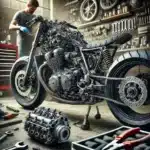
Motorcycles undergoing engine swaps or lacking titling documents must have their VIN verifications conducted exclusively by California Highway Patrol (CHP) officers. This is due to the high risk of motorcycle theft, requiring specialized scrutiny. Neither AAA, DMV employees, nor private VIN verifiers are permitted to handle these verifications. If your motorcycle falls into these categories, it’s essential to schedule an inspection with the CHP to ensure proper documentation and compliance with state regulations. Click here for more information on CHP VIN verifications.
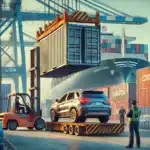
Only California Highway Patrol (CHP) officers are authorized to perform VIN verifications on imported vehicles or vehicles with importation documents. Due to the specialized nature of these inspections, AAA, DMV employees, and private VIN verifiers are not permitted to conduct them. If you’re importing a vehicle or need importation documentation verified, it is essential to contact the CHP to ensure the proper procedures are followed and the vehicle complies with state regulations.

Most states in the U.S. require a VIN verification, although there are a few exceptions. In some states, we can complete their form, but those instances are quite limited.
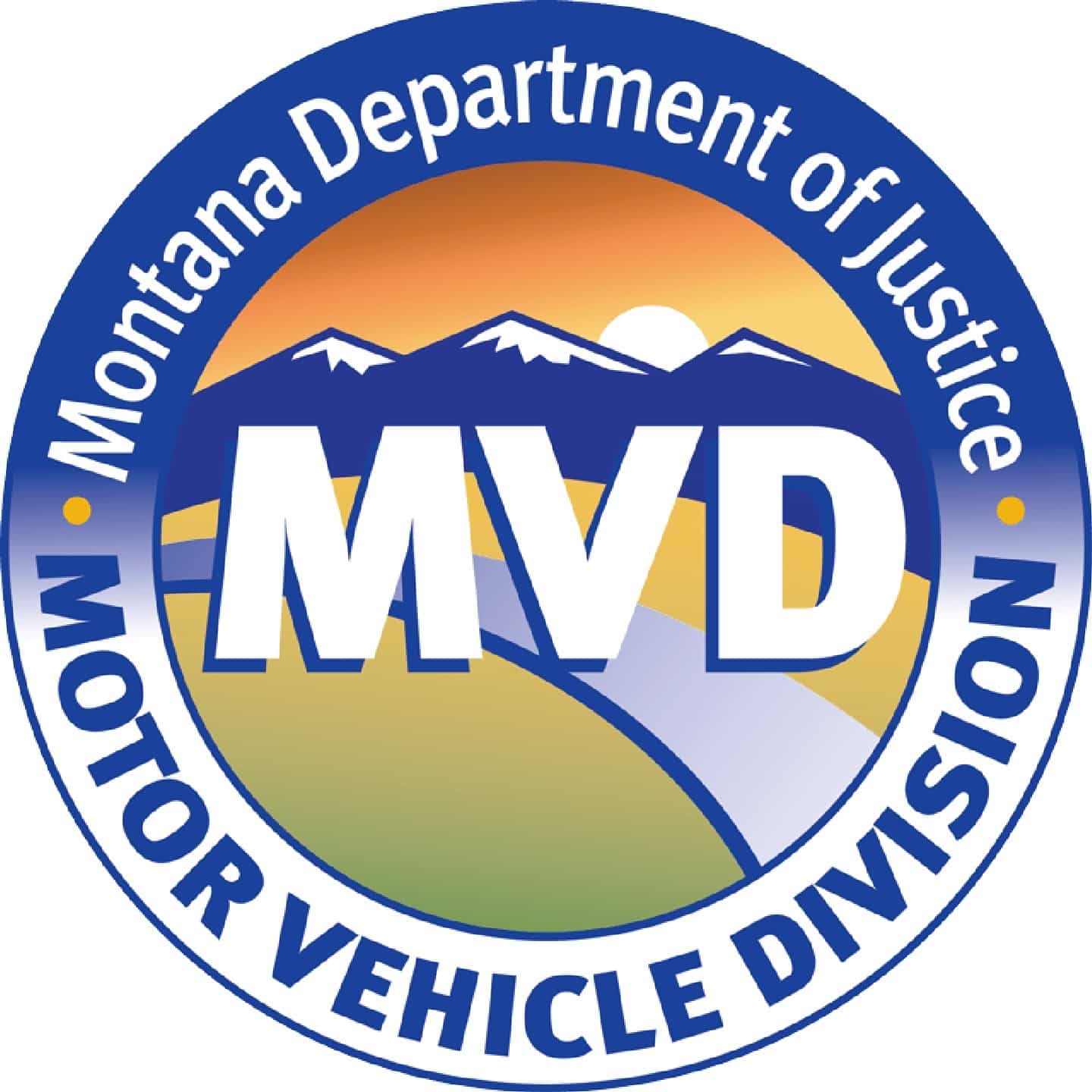
California VIN Verifiers are permitted to do Montana VIN Verifications. This makes it very convenient and easy for you to register your Montana vehicle, even if your thousands of miles away. Click here to read more about Montana VIN verifications and schedule an appointment.
We can verify your car, truck, trailer, or motorcycle and we can also help you register or transfer your vehicle into your name.
Need a VIN Verification? We are licensed to complete the REG 31 form. Call to get your car, truck or motorcycle verified today!
© 2024 QUICK VIN VERIFICATION. All rights reserved.